On April 8, 2009, just off the coast of Somalia, the container ship MV Maersk Alabama was en route to deliver approximately 17,000 metric tons of cargo to Mombasa, Kenya.
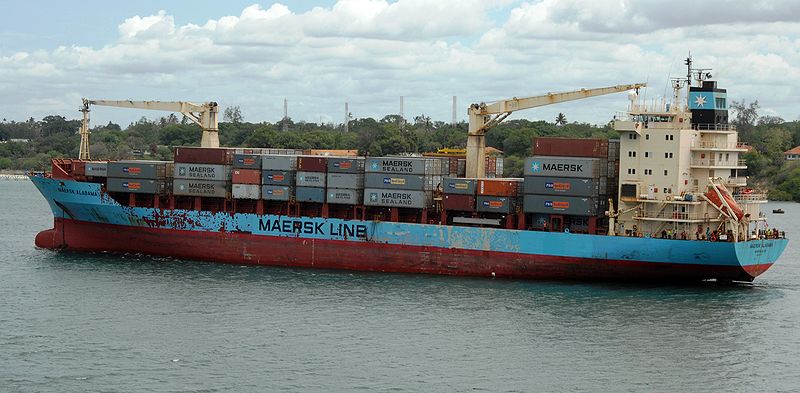
The captain of the ship, Captain Phillips received at least seven emails warning him of the danger of increased Somali pirate activity within the area, as well as warnings to stay at least 600 miles off the coast.
The Alabama was 235 miles off the coast…with pirates on the way.
Pirates Attack
There were no firearms aboard the ship for the crew of 23 to defend themselves.
Instead, they relied on firehoses and swift turns of the rudder to swamp and drown the pirates looking to board the ship.
The crew even sent out fake radio calls to the U.S. Navy for help. Though these efforts did cause some of the pirates to turn back, one ship of four remained, carrying four teenagers armed with AK-47s.
Unfortunately, despite the crew’s best efforts, the pirates quickly boarded the ship.
Chief Engineer Mike Perry knew the crew’s only hope of survival was to use the one advantage they had — knowledge of the ship.
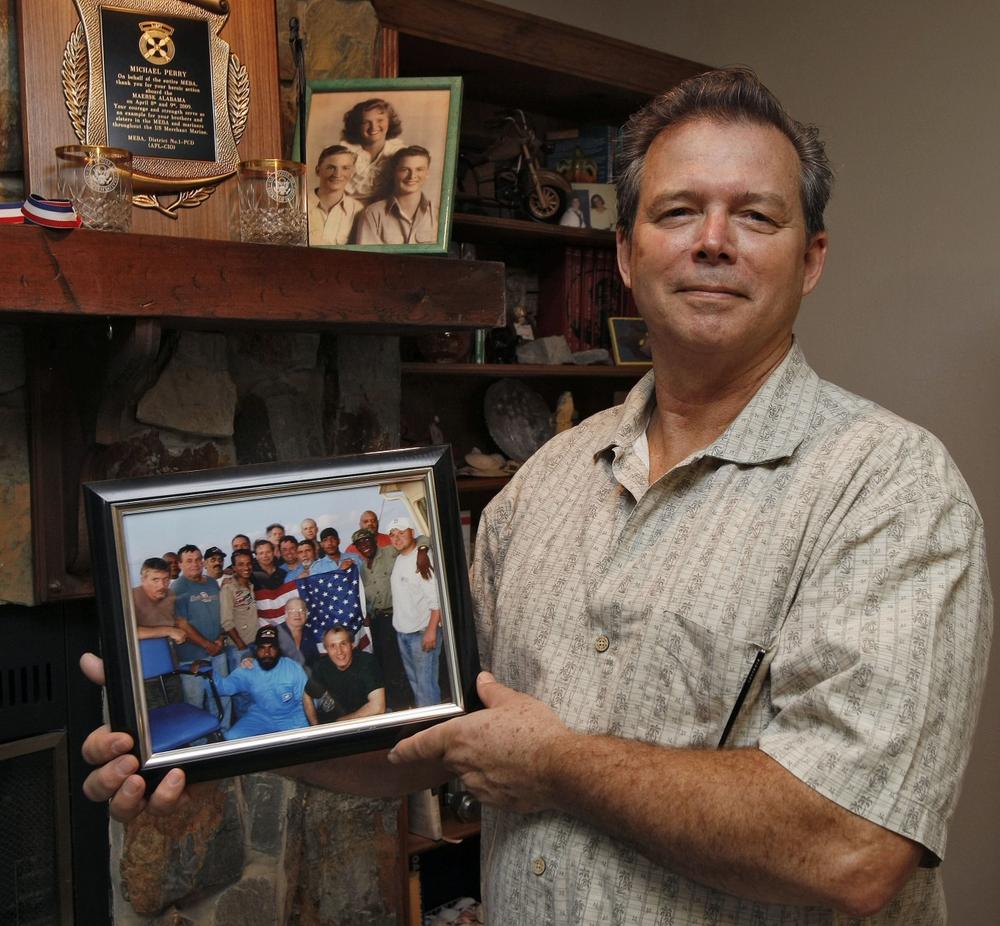
Leading a group of 14 down to the 130-degree engine room, the men prepared.
The pirates captured Alabama’s Captain, Richard Phillips, soon after boarding the ship. Phillips remained above deck with other men.
Once the pirates realized the majority of the crew was missing, they set out to find the remaining Alabama crew.
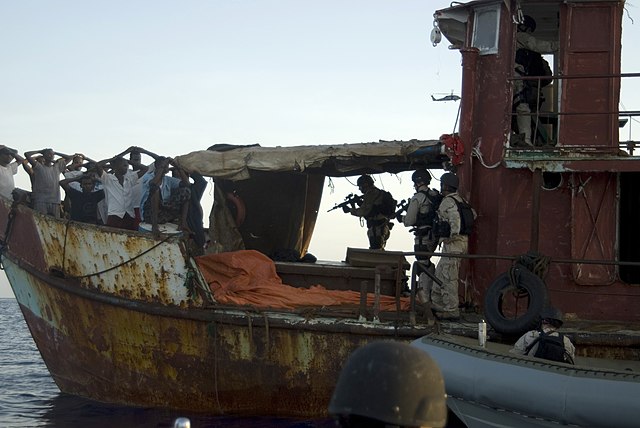
A Trade
As the pirate headed down to the engine room, Perry, with a knife in hand, tackled him to the ground.
The pair engaged in a fight to the death. As Perry brought his knife to the pirate’s throat, the pirate reflexively brought his hand up to push away the knife. Perry slit the pirate’s hand, forcing his surrender.
The rest of the men in the engine room quickly took the chief pirate prisoner, tying him up as they awaited the possibility of further attack. And then, they waited.
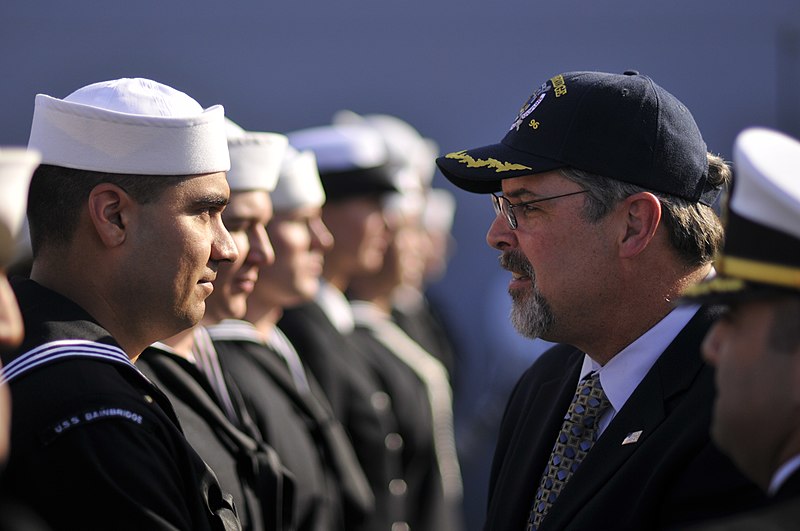
By radio, a deal was struck with the other pirates.
They had Captain Phillips; the crew had the pirate captain. In exchange for Phillips and the pirates leaving the Alabama, the crew would turn over the pirate.
The deal was made, and both parties warily met up for the exchange.
The Navy Arrives
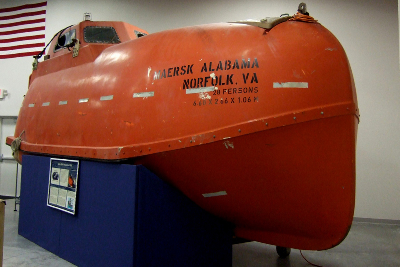
Grabbing $30,000 in cash, the pirates took Captain Phillips and their captain with them as they boarded the Alabama’s 28-foot lifeboat and set out to sea.
Little did they know…the U.S. Navy was en route.
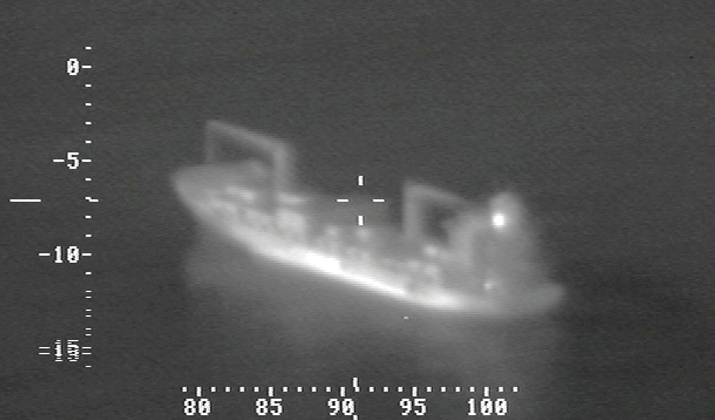
Captain Phillips was held hostage within the lifeboat as the pirates argued amongst themselves, threatened him, and beat him.
On April 9, just a day after the hijacking, the USS Bainbridge arrived on scene. And on April 10, SEAL Team Six parachuted into the ocean nearby, boarding the Bainbridge.
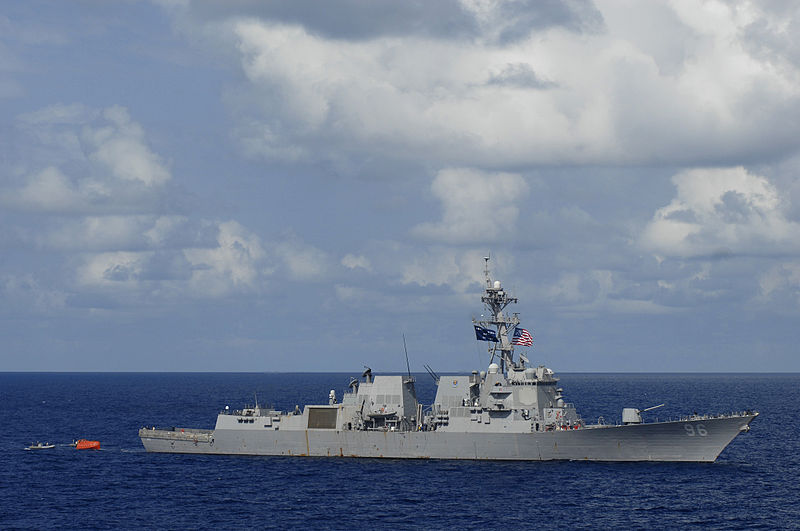
The SEALS were instructed to wait for a visible sign of aggression towards Captain Phillips before engaging the pirates.
SEALS Act
On April 12, after an AK-47 was fired within the lifeboat, the SEALS received the go-ahead to use lethal force.

Using .30 caliber sniper rifles (likely the MK13), the SEALS fired at the three remaining pirates aboard the lifeboat.
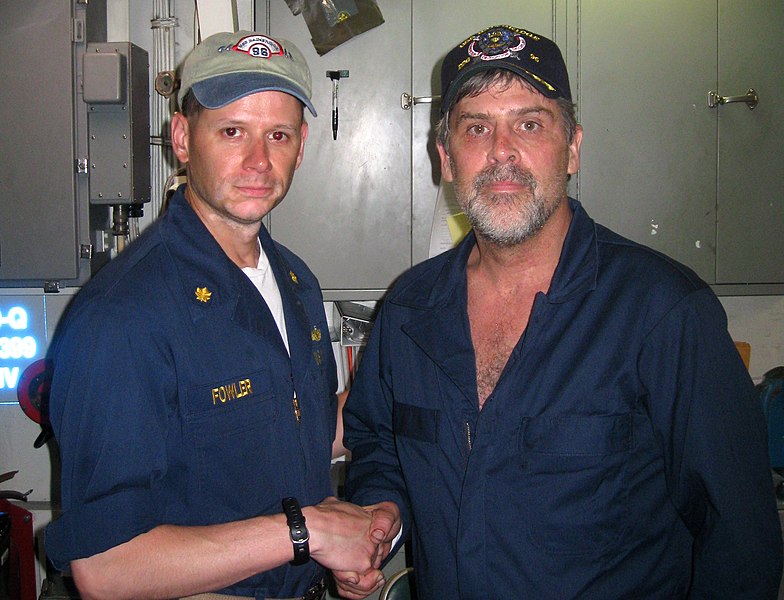
SEALS then boarded the lifeboat, rescuing Captain Phillips. The entirety of the Alabama’s crew survived the ordeal.
This is a new style of article for Pew Pew Tactical, if you liked it — let us know in the comments! If you didn’t enjoy it…well phooey. To catch up on previous Pictures from History, click on over to our History Category.

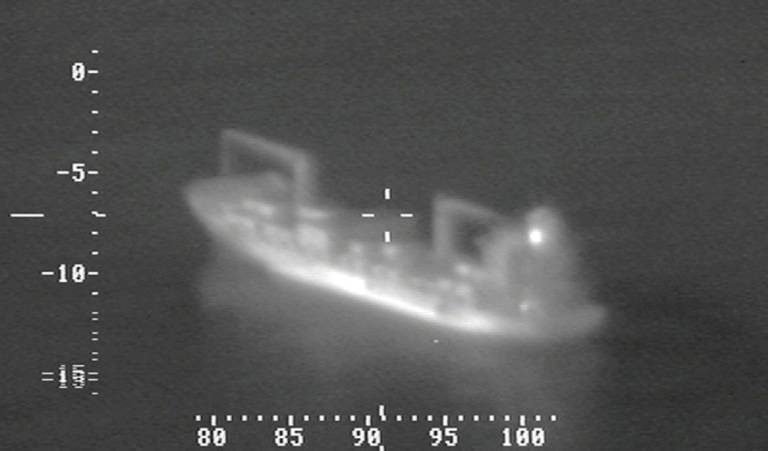







5 Leave a Reply
I love the historic stories
Very interesting. Keep it up.
Love this article. Keep em coming!!
Each pirate got a pair of 77grain Sierra match king to the face. This has been discussed many times and is public record.....
This is pretty massively incorrect. Red Squadron was 30-40 meters away from the lifeboat when they ELECTED to take the shots. This was done because they finally had PID on all 3 pirates. (positive ID) That boat was so close some of those guys damn near could have pulled a 226 and hit something. Also- they were using HK416, under nods, with IR lasers active. This was the case because the shot was WELL within 5.56 capability and the IR lasers were activated ONLY when a shooter had PID- thus letting the shooting team know that when all 3 are on its go time- eliminating a lot of need for conversation.